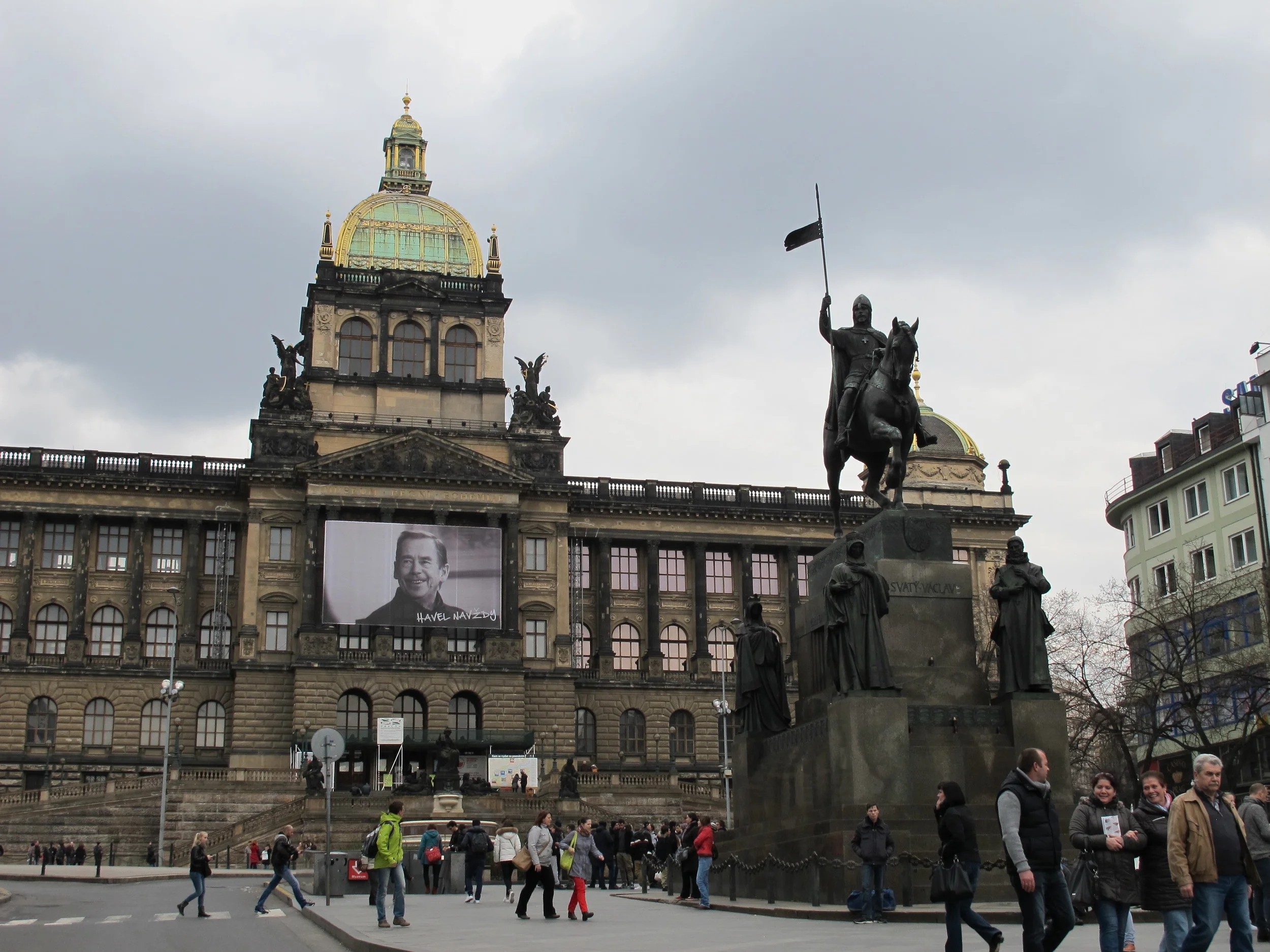HISTORY OF THE CZECH REPUBLIC
The Distant Past
Looking back more than 1000 years, the foundations of the Prague Castle were laid here above the river and the city started to grow. Some of the ruling dynasty (Premyslid) embraced Christianity brought by Cyril and Methodius, the "apostles of the Slavs" and the alphabet that they created has become what we call Cyrillic script. They translated the first of the Bible into the languages of the Slavs.
By the 14th century, Prague had grown into one of the most prosperous cities in Europe and was the cultural capital of Central Europe. Charles IV, remembered as the most beloved of Czech king's, was ruler, Charles University (the 3rd oldest in Europe and the 1st in Central Europe) was established, and in 1355, Charles IV was elected Holy Roman Emperor. Prague was the capital of the Holy Roman Empire.
In the 15th century, a Bohemian priest named Jan Huss, inspired by the writings of John Wycliffe in England, played a pivotal role in the reformation movement in Europe. This time in Europe and within the church was one of noted corruption and political/religious alignment. Huss played a significant role in what became the beginnings of the protestant reformation. Hus stood up for the availability of the Bible in the common language of the people, stood against corruption in the church and he stood against the theology of indulgences, the idea that one could replace the punishment of sins through payment to the church. Hus was burned at the stake in 1415 as a heratic.
Hus remains important to Czechs to this day and they celebrate him on 6 July, the anniversary of his martyrdom. The Hussite wars swept the country from 1419 to 1437 as a result of the conflicts between the Hussites (some of the followers of Huss) and the Roman Catholic Church. They pulled the region and its people back and forth between a Catholic and Reformed view, with both sides persecuting and expelling the other from the lands.
The Habsburg dynasty began in 1526 and the seat of power moved to Vienna. In 1583, Rudolf II, Holy Roman Emperor moved the court back to Prague, the center of science and alchemy of the day. Many scientists came to Prague including Tycho de Brahe and Johannes Kepler.
In the 17th century, religious war once again dominated the region and the Battle of the White Mountain in 1620 begins the 30 Years War, pushing Czech back into a time of darkness. At the end of the 18th century, Joseph II granted political and religious rights to religious minorities.
Recent History
In 1918, the Austro-Hungarian empire fell and Prague became the capital of independent Czechoslovakia.
Prague and the rest of the country were occupied by Nazi Germany through WWII from 1939-1945.
In Feb 25, 1948, several years after the end of WWII, the Communist Party seized power in a coup d'etat.
In 1968, "Prague Spring" was the work of the Communist Party, attempting to give socialism a human face. 5 Warsaw Pact members invaded Czechoslovakia on August 21, 1968 and crushed the movement.
The Velvet Revolution started in November 1989, bringing an end to Communism and Czechoslovakia became a democratic country.
On January 1, 1993 in the Velvet Divorce, Czechoslovakia split peacefully into 2 nations, Czech Republic and Slovakia.
Czech Republic joins NATO in 1999 and is accepted as a member of the European Union in 2004.
This is a sense of the complicated past of this region. There is much religious and political baggage that is carried within the cultural background of the average Czech's daily life. They may not be thinking on these things, but it has certainly been the back story that brings us to today.
Czech's feel that their history is important and as you enter into the cities of this nation and talk with its people, you can't help but feel that there is layer upon layer to peel back from the onion.
